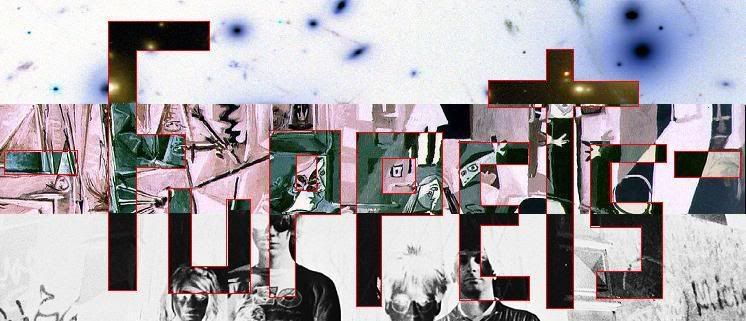
Though there are more than 5,000 known viruses, including whole families
that are marked by wide variations in genetic payload and other characteristics,
most of them use either a helical or a spherical capsid.
"Spherical viruses like this have symmetry like a soccer ball or geodesic dome," Pan said. "The whole capsid contains exactly 120 copies of a single protein." ( Science Daily )
The blue area is the capsid, with each blue dot corresponding to an individual atom, and the red and yellow areas are the DNA payload that the viruses inject into the cells of it's host to reproduce itself. It is truly mind-boggling how wonderful our scientist's technical equipment can be, and what it can show us about the natural world around us. -FUPPETS- can't get enough.

No comments:
Post a Comment